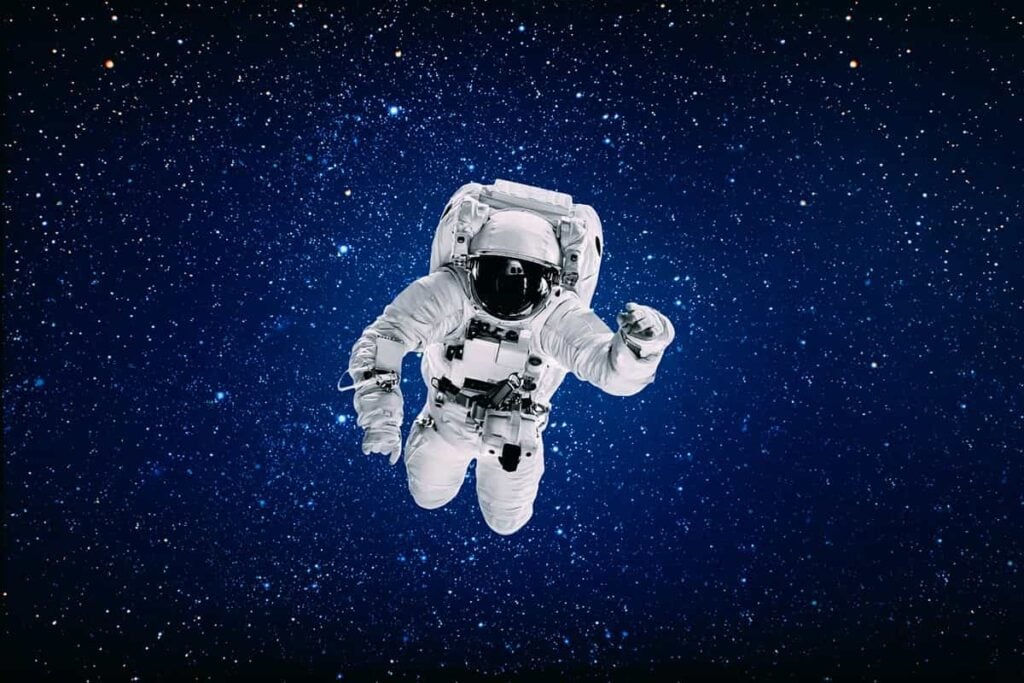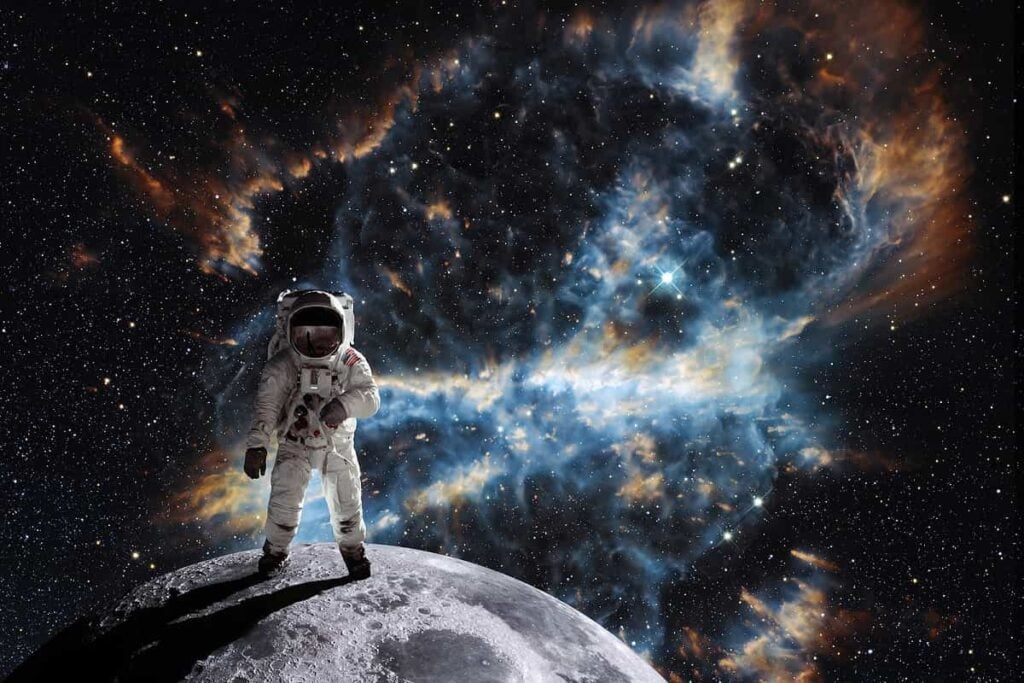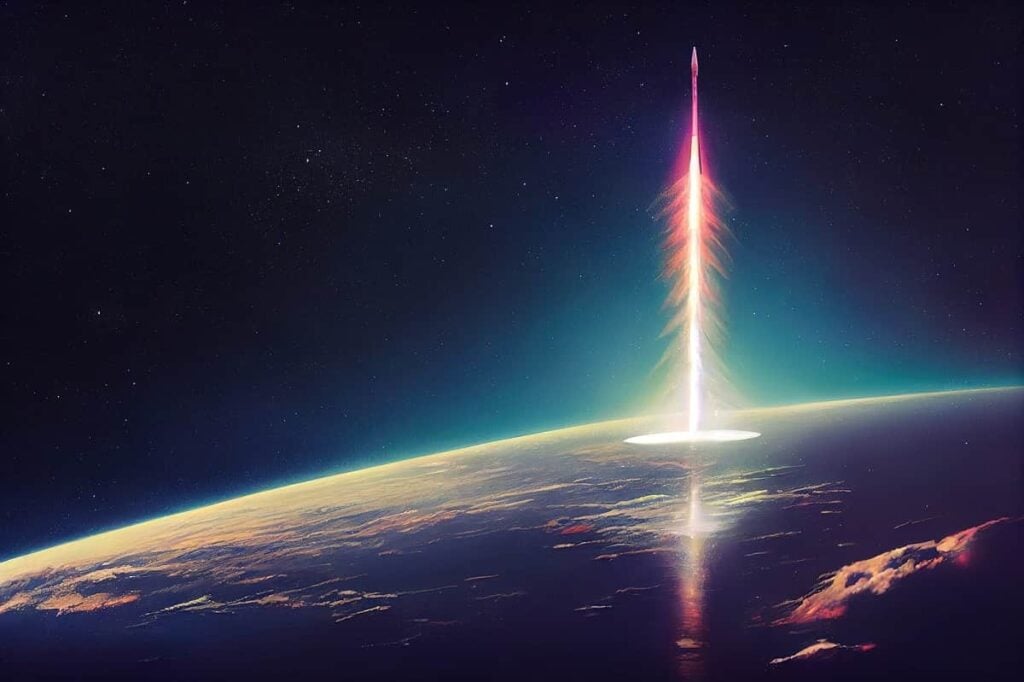Tracking Space Debris with LeoLabs
Table of contents

Back in 2018, Elon Musk sent his own Tesla Roadster into orbit on the Falcon Heavy test flight. Questions were raised as to whether or not the stunt was essentially throwing automotive waste into space, and the brainy experts and armchair jockeys began arguing about whether the car would pose a risk by interfering with satellite traffic, falling back to Earth centuries later, or contaminating other planets in our solar system with Terran bacteria. Eventually, the whole issue was dropped when scientists at Purdue University pointed out that the sun’s radiation will practically sterilize and degrade the car before it slams back to Earth or onto the surface of Mars.
Theatrics aside, the stunt brought up an important question. Is the garbage we’re dumping into space creating a problem? That’s a resounding “yes.” We’ve put a total of 11,640 satellites and 9,400 tons of material into orbit. Most of those satellites are now inactive, and there are thousands of pieces of random space debris, ranging in size from less than a BB to objects larger than softballs. NASA scientist Donald J. Kessler proposed the Kessler Syndrome back in 1978, which posited that as more artificial satellites were put into space, the probability of collisions between them would increase. That would lead to more fragments shooting off into space, further increasing the chance of collisions, big and small.

There’s been more than 560 collisions, explosions, and fragmentation events since our first voyage into space. Like the lighthouses of the ancient maritime age, tracking systems are needed to keep an eye on space debris and make sure expensive spacecraft don’t suffer catastrophic damage by running into them.
A Startup for Keeping an Eye on Space Junk
Founded in 2016, Silicon Valley-based LeoLabs is an aerospace data startup tracking that growing pile of space debris that’s been growing since we first started putting stuff into orbit back in the 1950s. We briefly covered LeoLabs back in 2019, but the company has since raised $82 million after a Series B that put a cool $65 million in its coffers in June 2021. LeoLabs spun out of SRI International, a research nonprofit formerly associated with Stanford University that gave us the computer mouse, self-cleaning ovens, and the voice of Siri. The space startup has brought Horizon Ventures, the venture capital firm of Hong Kong billionaire business magnate Li Ka-shing, and others to the investment table. The company is putting together a network of ground-based radar systems to produce a high-resolution 3D map of space debris in low Earth orbit (LEO):

The system can track objects smaller than an inch, which number up to 128 million pieces of debris, compared to the 34,000 pieces of four-inch-long debris that could be tracked by older government systems. It provides data-driven support to operators, regulators, space agencies, and companies that rely on satellite technology. LeoLabs plans to expand its four-radar network in New Zealand, Texas, Alaska, and Costa Rica to six radars so that it can gather data in spite of sun, clouds, rain, snow, and wind. The six-radar array will also revisit satellites several times per day, track new satellites within hours of launch, and protect them from even smaller pieces of debris. By 2022, LeoLabs hopes to have a catalogue of more than 100,000 space objects tracked continuously with its global array of radars.

LeoLabs has coined the phrase “tracking as a subscription service” to describe its services. The company wants to disrupt the space industry by providing affordable tracking services over the web for a monthly fee for anyone who needs it. This on-demand tracking data will help future spacecraft from ramming directly into Mr. Musk’s commuter car.
Radar Algorithms for Space Junk
Positional and trajectory data of space debris are gathered from four radars that track thousands of objects per hour. Using what’s known as phased-array technology, a fancy way to say that the radar beam is changed electronically rather than mechanically (which is much slower), the radars can switch objects every millisecond to create an up-to-date map of space debris in low orbit. The Costa Rica and New Zealand radars can keep an eye on objects smaller than an inch because they use S-band microwaves, which are more sensitive and have the power to detect these small objects as far as about 1,200 miles into space. The New Zealand “Kiwi” radar station alone produces more than five million measurements per month.

The startup’s technology relies on automated machine learning algorithms to keep an eye on all that low orbit debris, gathering and processing raw data on-site at the radar stations. The data is then collected and automatically transformed into highly accurate, intelligent insights. LeoLabs’ cloud-based data pipeline and analyses go straight to users with minimal lag between data acquisition and transference. No humans sit in between this process, which means less wait time and fewer sources of error as datasets grow in size. That also means the platform can scale despite the fact that the number of space objects will double every year.
Use Cases for Tracking Space Debris
With accurate, frequent updates, LeoLabs’ platform gives operators the ability to track their satellites and provides warnings several days in advance in the event of a collision with space junk. That way, SpaceX can make sure its constellation of 11,943 satellites don’t suddenly fall off the map and some remote digital nomads out in the Bahamas don’t lose their connection to a same-day Zoom meeting.

With more and more billionaires and nations wanting to get into the space game, that means that many more dumb drivers in space. Just like the early aviation industry, new regulations will need to come into play as space law and policies evolve as new incidences, cases, and liabilities unfurl. China and India are putting their own rockets into orbit, and that means their underdeveloped regulatory agencies need accurate data to make sure no international mishaps happen with Russia or the United States. We’re sure LeoLabs will gladly hand over that precious information for the chance to prevent World War III (and collect a fat monthly fee).
And, of course, whenever there’s any possibility of liability, the two most parasitic important industries come into play – legal and insurance. LeoLabs provides accurate data and annual risk reports for any lawyer or insurance company trying to figure out who’s at fault when two satellites collide, and the risk of a collision in the future.
A Case Study
In 2018, WorldView-3 (WV03), an active satellite that takes high-resolution images of the Earth’s surface for military and commercial applications, was on a collision course with Cosmos 2221, a Russian satellite sent up back in 1992. LeoLabs mapped out the trajectory and provided several spatial orientations for the two objects, which allowed same-day modifications to WV03’s trajectory to avoid catastrophic damage. LeoLabs offered data on probabilities and calculated statistical errors for the near-miss distances to ensure the margin for error was low when WV03 changed course. The nice thing about the platform is that no fancy PhD-holding astrophysicist is needed on-site to do the calculations by pen and paper.

WV03 also had other possible collisions with a Tsyklon-3 rocket body launched in 1979 and a piece of debris the size of a medium 12-inch pizza from Cosmos 2251 that year.
Conclusion
So far, only 12 countries and agencies have sent up satellites into space. That’s going to change as up-and-coming nations like Romania, Algeria, Turkey, South Korea, Switzerland, and Brazil cobble together small-scale projects for satellite launch in the next decade.
Dan Ceperley, the CEO and co-founder of LeoLabs, expects to see 25 times more objects in LEO in the next five years. That’s a whole lot more junk in space than we’ve ever seen before. And a huge opportunity for a space tracking data company. The next step is probably for someone to set up a billion-dollar space garbage disposal service.
Sign up to our newsletter to get more of our great research delivered straight to your inbox!
Nanalyze Weekly includes useful insights written by our team of underpaid MBAs, research on new disruptive technology stocks flying under the radar, and summaries of our recent research. Always 100% free.















